





Vue storefront - alokai to Shopify
Migrating your store from Vue storefront - alokai to Shopify might seem daunting, but with proper planning and the right tools, it's a smooth process. Follow this step-by-step guide to ensure a successful transition.
Schedule a call
Step-by-Step Migration Guide: Vue Storefront - Alokai to Shopify migration guide
Step 1: Preparing for Migration
In this initial step, we focus on gathering all necessary data and resources to ensure a smooth migration from Vue Storefront - Alokai to Shopify.
Step 2: Data Extraction from Vue Storefront - Alokai
This step involves the extraction of all essential data from the Vue Storefront - Alokai platform, laying the groundwork for importing it into Shopify.
Step 3: Setting Up Your Shopify Store
This step involves creating and configuring your new Shopify store, ensuring it is ready to receive the migrated data.
Step 4: Data Import into Shopify
This critical step focuses on importing the previously extracted data into your newly created Shopify store.
Step 5: Configuring Shopify Settings
After importing data, we need to configure various settings in Shopify to ensure smooth operation and maintain your store's functionality.
Step 6: Testing Your Shopify Store
In this step, we conduct thorough testing of the Shopify store to ensure that all functionalities are working as intended before going live.
Step 7: Launch Your Shopify Store
With testing complete, we are now ready to launch your Shopify store, making it accessible to customers worldwide.
Power Your Step - Get in Touch
Ready to start your migration journey? Contact PowerCommerce for expert support and solutions tailored to your needs.
Step 1: Preparing for Migration
Before we initiate the migration process, it is crucial to prepare adequately by gathering all necessary data, resources, and credentials. The preparation stage is essential to ensure that we do not lose any critical data and that the migration process is seamless. During this phase, we will outline the specific data types that need to be backed up, as well as the resources we need to have in place.
Key components to focus on include:
- Data Backup: Ensure that all current data from Vue Storefront - Alokai is backed up. This includes customer information, order history, product details, and any custom configurations.
- Access Credentials: Gather all necessary access credentials for both Vue Storefront - Alokai and your new Shopify store. This includes API keys, admin passwords, and any other relevant login details.
- Technical Documentation: Review any technical documentation related to your current store setup. This will help identify custom integrations or features that need to be replicated in Shopify.
Once these components are prepared, we can move on to the actual data migration process, ensuring that we have a complete overview of what needs to be transferred and how.
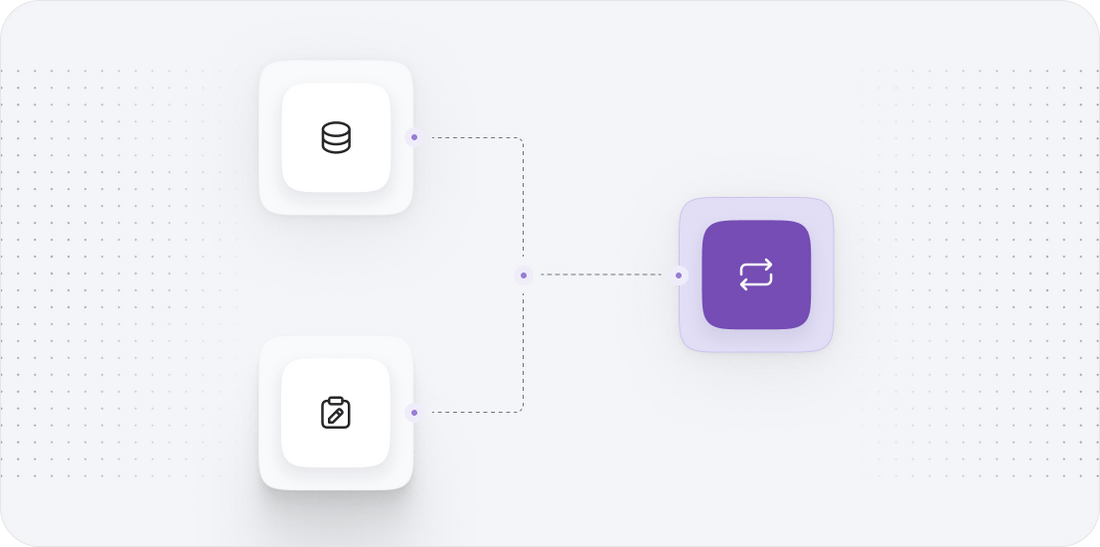
Step 2: Data Extraction from Vue Storefront - Alokai
In this step, we will focus on extracting all relevant data from the Vue Storefront - Alokai platform. This includes customer data, product listings, order histories, and any other critical information necessary for a successful migration. A thorough extraction process ensures that no data is lost in transition.
The extraction process can be broken down into the following steps:
- Access your Vue Storefront Admin: Log into your Vue Storefront - Alokai admin panel using your administrator credentials.
- Data Export: Utilize the built-in export tools or scripts to extract the following data:
- Customers: Export customer information, including names, email addresses, and order histories.
- Products: Export product data, including SKUs, prices, descriptions, and images.
- Orders: Export historical order data to maintain customer purchase records.
- Save Data Securely: Once all data is extracted, save it in a secure location, ideally in CSV or JSON format, as these formats are compatible with Shopify.
By the end of this step, we should have a complete and secure backup of all necessary data from Vue Storefront - Alokai, ready for import into Shopify.
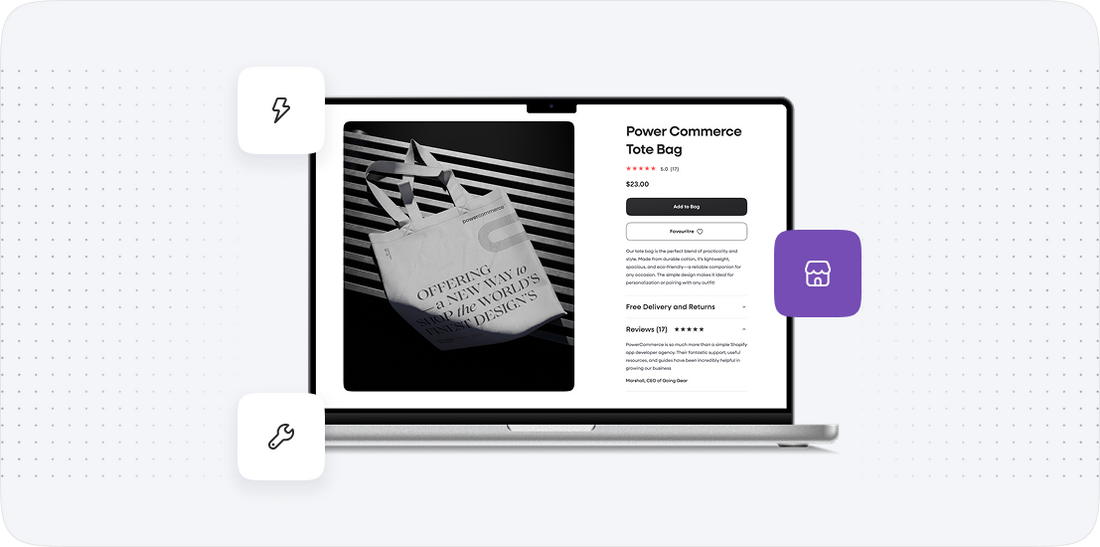
Step 3: Setting Up Your Shopify Store
Once we have successfully extracted all data from Vue Storefront - Alokai, the next crucial step is to set up your new Shopify store. This setup will involve creating a new account, configuring store settings, and preparing the store for data import.
The Shopify setup process can be outlined as follows:
- Create a Shopify Account: Visit the Shopify website and sign up for a new account. Choose a plan that suits your business needs.
- Store Configuration: Configure your store settings by accessing the admin panel. Key configurations include:
- Store Name: Set your store name that reflects your brand.
- Currency Settings: Choose the default currency for your store.
- Payment Gateways: Set up payment gateways that you intend to use, such as PayPal, credit card processing, etc.
- Shipping Settings: Configure shipping rates and methods according to your business model.
- Theme Selection: Choose a theme that aligns with your brand identity. Shopify offers a wide array of themes that can be customized as needed.
- Install Necessary Apps: Depending on your requirements, install necessary applications from the Shopify App Store to enhance your store’s functionality.
After completing the setup process, your Shopify store will be ready to receive data from Vue Storefront - Alokai.
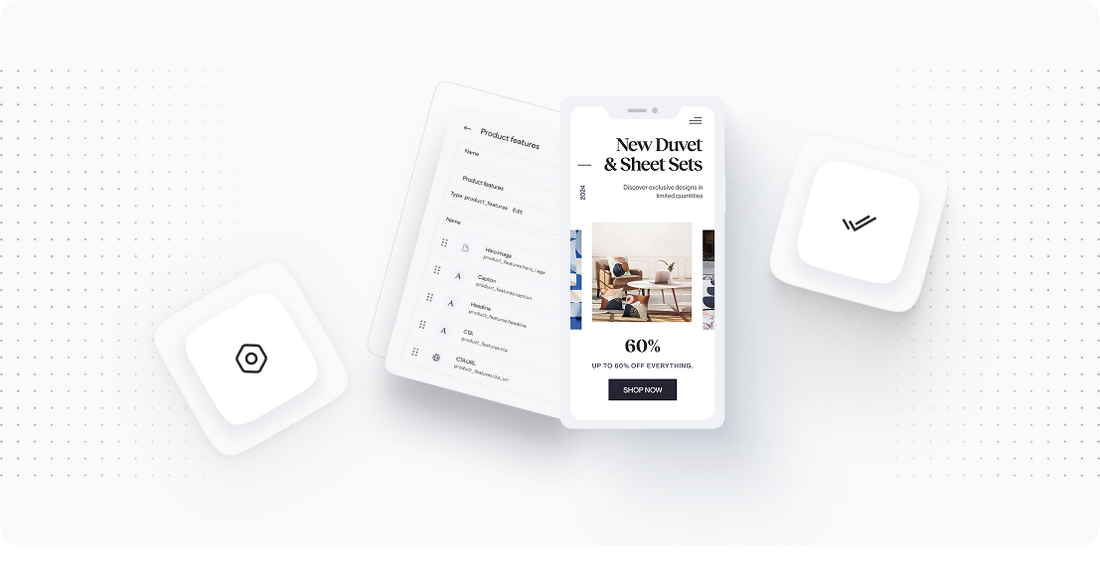
Step 4: Data Import into Shopify
With your Shopify store set up and configured, we can now move on to the data import process. This step is crucial as it involves bringing all the essential data from Vue Storefront - Alokai into Shopify, ensuring that your store is populated with the necessary information for operation.
The data import process can be executed using the following steps:
- Utilize Shopify’s Import Tools: Shopify provides built-in import tools that allow you to upload CSV files directly. You can find this option in the admin panel under 'Products', 'Customers', and 'Orders.'
- Import Product Data: Start by uploading the product CSV file. Follow the prompts to map fields correctly, ensuring that product titles, descriptions, prices, and images are accurately assigned.
- Import Customer Data: Next, upload the customer CSV file. Ensure that email addresses and order histories are correctly associated with the respective customer records.
- Import Order Data: Finally, import historical order data to maintain continuity in customer service. This step is vital for ensuring that customers can view their past orders.
During the import process, monitor for any errors or issues. Shopify will provide feedback on any failed imports, allowing you to correct issues promptly.
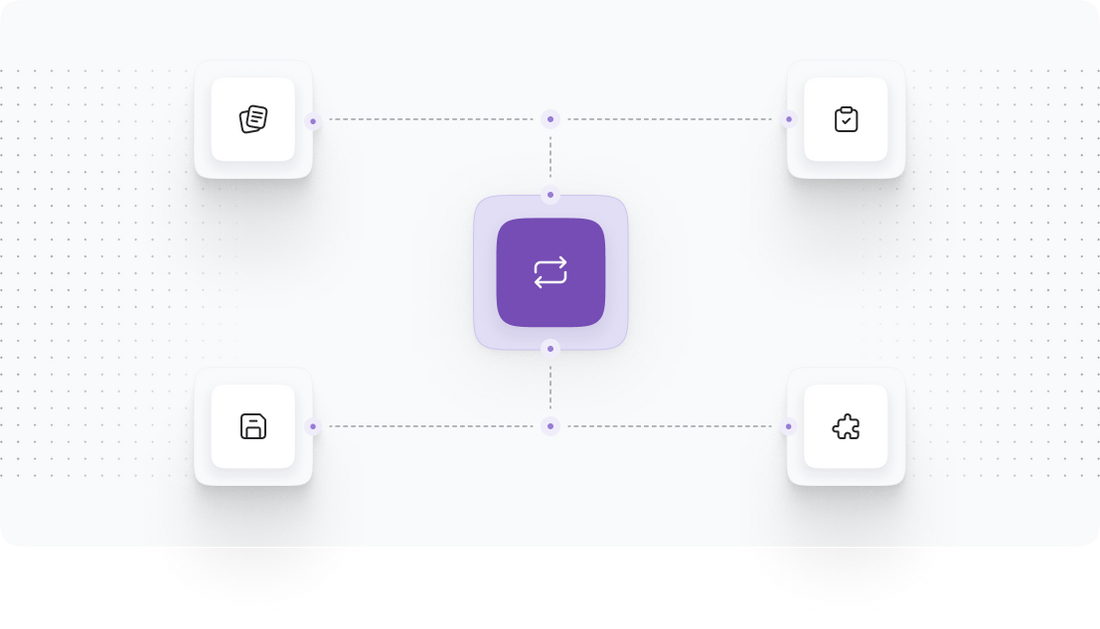
Step 5: Configuring Shopify Settings
Once the data has been successfully imported into Shopify, the next step involves configuring various settings to ensure your store operates smoothly. This includes setting up payment gateways, shipping options, tax settings, and more.
The following configurations should be reviewed and adjusted as necessary:
- Payment Gateway Configuration: Ensure that your payment gateways are fully set up and operational. Test transactions to confirm that payments are processed correctly.
- Shipping Settings: Review shipping rates and methods to ensure they align with your business model. Set up any necessary shipping zones for your target markets.
- Tax Settings: Configure tax settings according to the regions where you operate. Ensure that tax rates are applied correctly at checkout.
- Store Policies: Set up your store’s policies, including return policies, privacy policies, and terms of service. This information is essential for building trust with your customers.
- SEO Settings: Optimize your store’s SEO settings, including meta titles and descriptions for products and collections, to enhance search engine visibility.
These configurations are essential for ensuring a smooth and professional shopping experience for your customers.
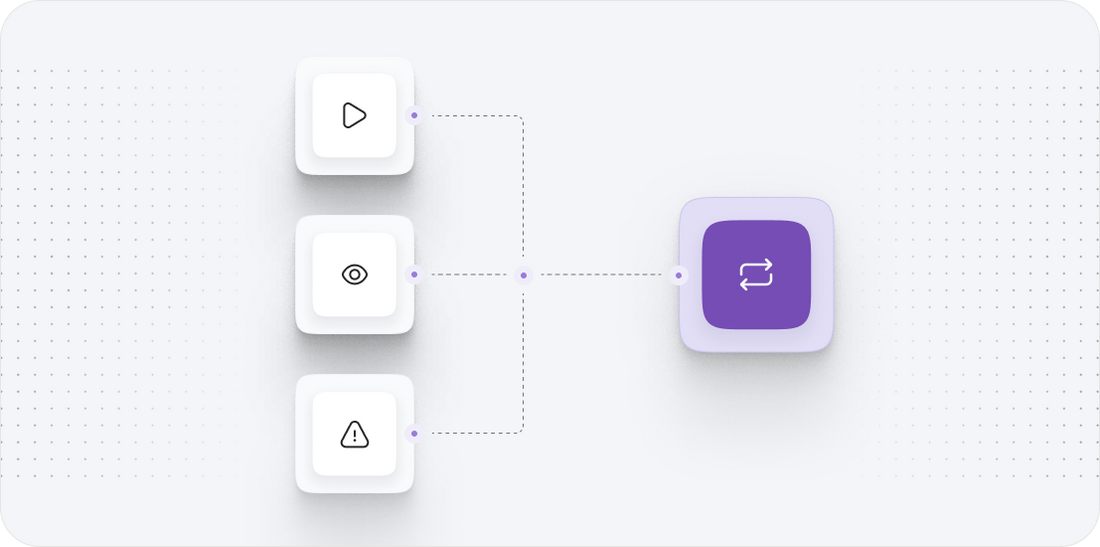
Step 6: Testing Your Shopify Store
Before launching your new Shopify store, it is crucial to conduct thorough testing to ensure that all functionalities are working as intended. This step helps identify any issues that may affect customer experience, allowing us to address them before the store goes live.
The testing process includes the following components:
- Functionality Testing: Test all functionalities, including product browsing, cart functionality, and checkout processes. Ensure that all links, buttons, and forms are working correctly.
- Payment Processing Testing: Conduct test transactions to ensure that payment gateways are functioning correctly. Verify that payment confirmations are sent to both customers and the backend.
- Shipping and Tax Calculations: Test shipping rates and tax calculations during checkout to ensure they are applied correctly based on customer location.
- Mobile Responsiveness: Test your store on various devices and screen sizes to ensure that it is responsive and provides an optimal experience for all users.
- Performance Testing: Monitor the store’s loading speed and performance metrics. Make necessary adjustments to optimize performance.
Completing thorough testing ensures that we can launch a fully functional and user-friendly Shopify store.
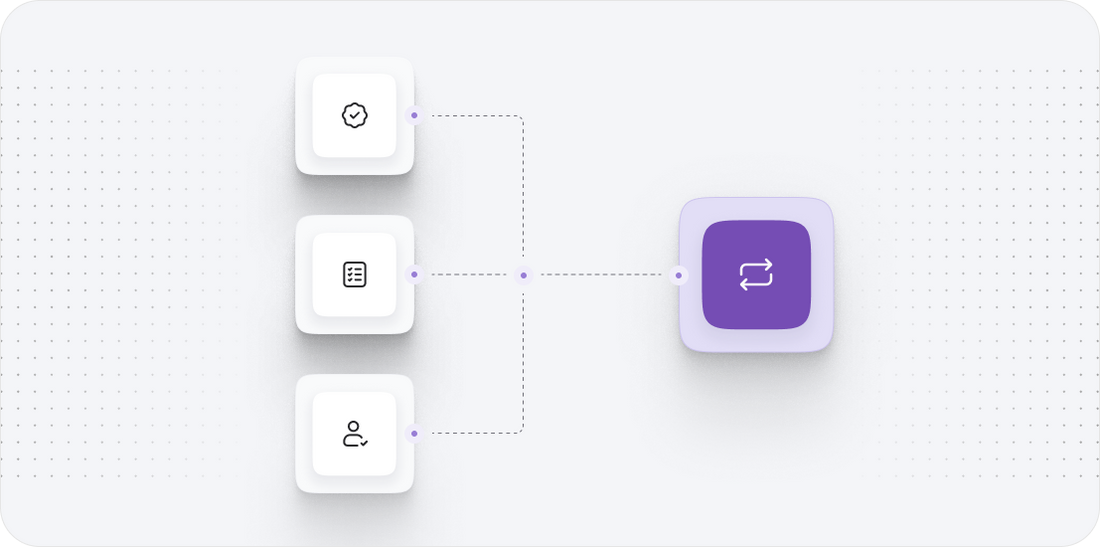
Step 7: Launch Your Shopify Store
After thorough testing and ensuring that all functionalities are operational, we are ready to launch your new Shopify store. This step marks the transition from preparation and testing to making your store available to customers worldwide.
The launch process involves the following steps:
- Remove Password Protection: If your Shopify store is currently password protected, navigate to 'Online Store' > 'Preferences' and disable the password protection to make your store publicly accessible.
- Announce Your Launch: Prepare a marketing strategy to announce your store launch. Utilize email marketing, social media, and other channels to inform your audience.
- Monitor Initial Feedback: After launching, monitor customer feedback and site performance closely. Be ready to address any immediate issues that may arise.
- Regular Updates and Maintenance: Post-launch, ensure you keep your store updated with new products, promotions, and regular maintenance to enhance performance.
By following these steps, we will ensure a successful launch of your Shopify store, setting the stage for future growth and success.
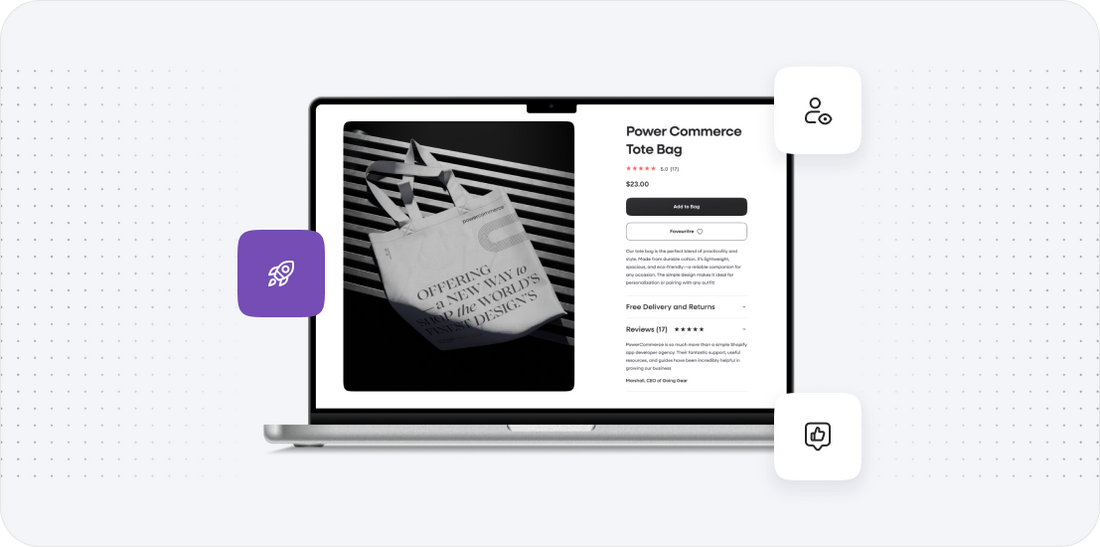
Power Your Step - Get in Touch
If you're ready to take the next step in your ecommerce journey, we at PowerCommerce are here to help! Our team of experts specializes in seamless platform migrations, ensuring that your transition from Vue Storefront - Alokai to Shopify is smooth and effective.
By partnering with us, you can leverage our industry expertise, strategic partnerships, and commitment to customer satisfaction. We understand the intricacies of ecommerce migrations and are dedicated to providing tailored solutions that meet your unique business needs.
To get started, follow these simple steps:
- Visit our contact page at PowerCommerce Contact.
- Call us directly at 800-099-9090.
- Email us at info@powercommerce.com.
Don't hesitate to reach out today and discover how we can help you power your ecommerce success!
Stay aligned on what's happening in the commerce world
Trusted by 1000+ innovative companies worldwide
Schedule Your Migration Today
For businesses prioritizing simplicity, scalability, and robust support, Shopify is the clear winner.
Looking to migrate without hassle? Power Commerce can handle the entire process, ensuring smooth data transfer, store setup, and post-launch success.
Marka Marulića 2, Sarajevo, 71000 BiH
00387 60 345 5801
info@powercommerce.com


